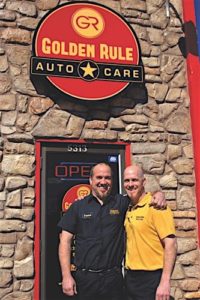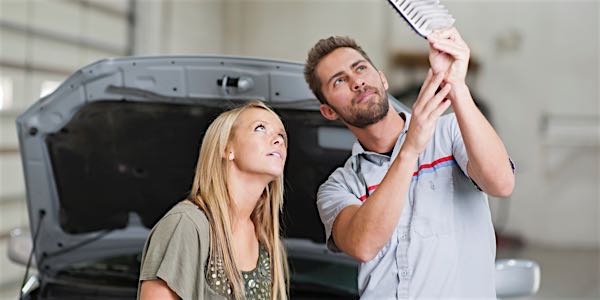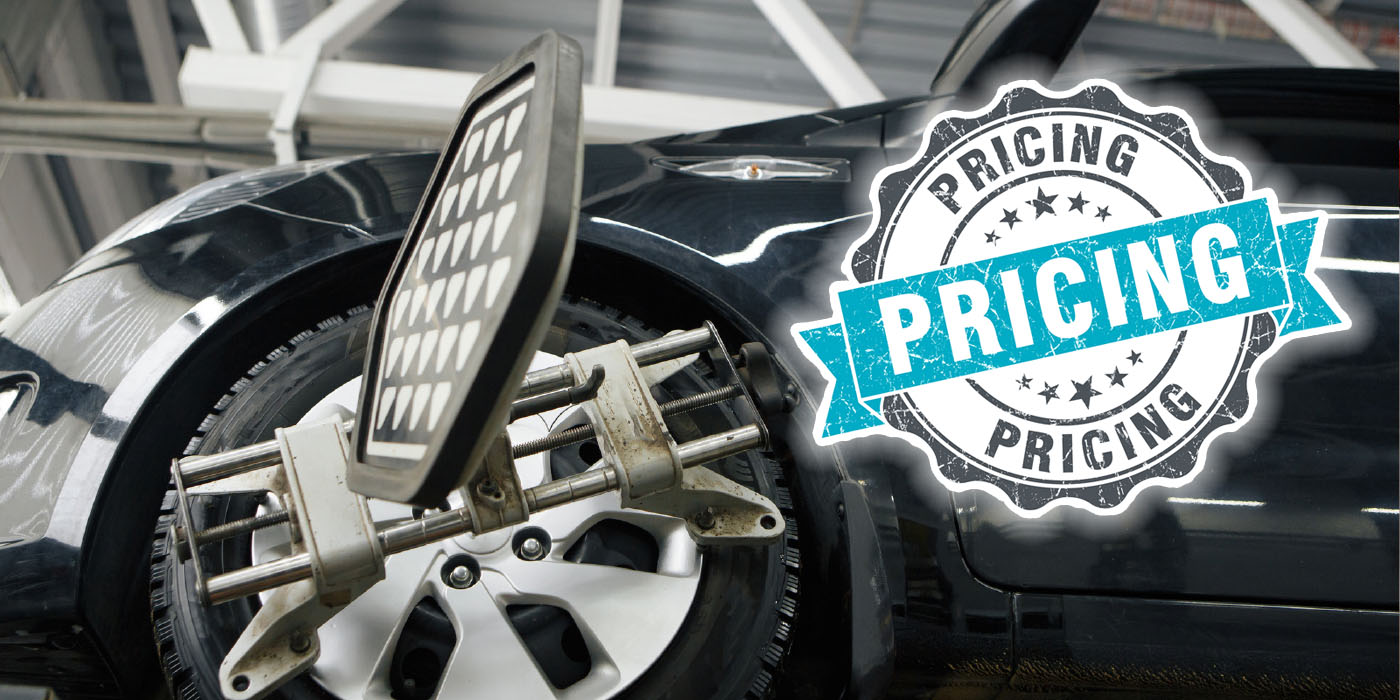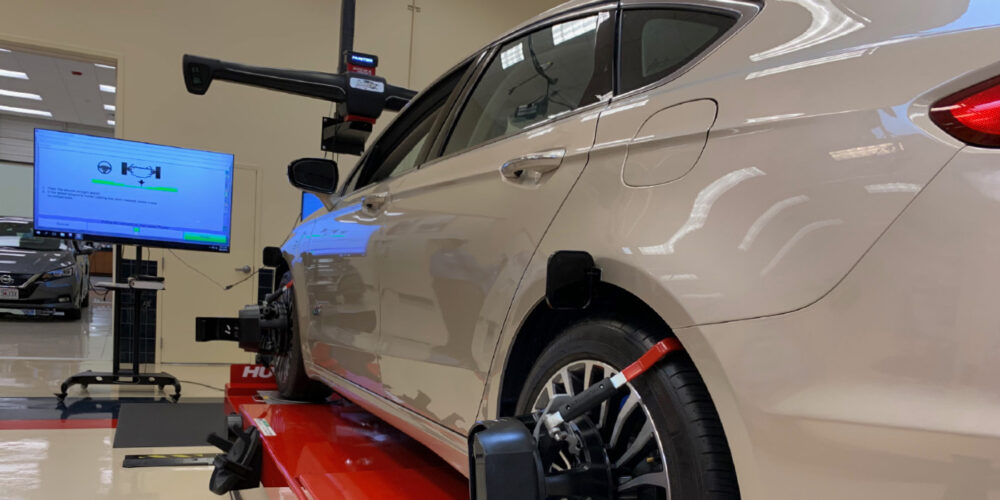We’ve written at length in this publication about the importance of selling your customers on necessary maintenance items that can help their vehicles perform at their peak. The problem is that some shops don’t have a uniform way of inspecting vehicles and promoting these beneficial “add-on” items like filters, wipers, headlights and related maintenance that can make a big difference in a shop’s profitability.
We talked with three shop owners across the country about how their shops maximize their sales by educating the consumer and refining their in-house processes.
Know the Customer’s End Goal
Christopher Cloutier, Golden Rule Auto Care, Rowlett, TX: I think you really have to go back to the initial conversation with the customer. Did you qualify their needs and are you providing a solution for their needs? This is the basis of all sales.You have to find out what a customer’s wants and needs are before fulfilling them, and only then can you sell a benefit to the customer. If a customer wants to keep their vehicle until the wheels fall off or until the vehicle is paid for, or they simply tell you that they like their car, selling them something they need becomes much easier whether that be maintenance or repair work.

Earn Trust By Asking For Approval
Andy Massoll, The Hamburg Garage, Whitmore Lake, MI: In our shops, the “add-ons” or “upsells” are a critical part of the business, but also a critical part of the consumers’ maintenance. The most important aspect of selling these items is letting the customer know that you are going to be performing a check of these items and getting their approval to do so ahead of time. That way, when you present them with their vehicle’s service needs, they are not surprised — they already gave you their blessing to check them.

Do a Little Show and Tell
Dwayne Myers, Dynamic Automotive, Frederick, MD: There are proven techniques that help technicians sell a product. An effective one is to show the customer a sample of their transmission fluid, for instance, and compare it to new fluid. Getting them to agree that their fluid (or whatever other service item you’re checking)needs replacement is a good start in getting the sale.

Sell Them Before They Get Impatient
Andy: Most of these upsells are made when performing routine services — mostly during oil or maintenance service. About half of those people wait for their service. It is our goal to go over these upsell needs with the customer inside of 10 minutes of them walking in the door, or within 7 minutes from the point that their car is pulled in the shop. Customers get impatient. They do not want to be at a service center any longer than they absolutely need to be. Therefore, if you present any additional service items that are needed very quickly, you have a much higher percentage of closing (roughly 80%+). If you ask for the sale of these same items after the 10-minute mark, the consumer just assumes it is going to take longer when they are already looking to leave, and they will most likely defer the service. After 10 minutes, the approval rate for the same items drops to about 30%.
You Can’t Sell What You Don’t Have
Dwayne: Another tip to selling small item upsells like light bulbs and filters is that they need to be in stock to be sold effectively. You can have the customer’s trust, but if the product is not in stock, you cannot sell it. The shop I manage has a quick lube, repair center and car wash. What I’ve found when trying to sell these add-on items is that you have to be able to install them right away. Everyone is busy and there’s no time to wait a half hour for a parts delivery.
Practice Makes Perfect
Andy: For a shop’s sales process to be successful, the employees cannot have the choice of what to check and when. It needs to be second nature — a habit. Also, if a shop’s technicians present the same type of sale over and over in the same professional fashion, it will get increasingly easier for the technician to make the sale since they will have the chance to perfect their sales pitch.
The Bottom Line
Dwayne: The best way I know to get a customer to purchase a needed service is to spend time with them. Trust is built over time, and it requires some effort. If you have the customer’s best intention at heart, they will realize it. Then, when you recommend something, the customers are no longer asking themselves, “Do I need the service?” but rather, “Can I afford it and does it bring me value in terms of what I’m hoping to get out of my car?” Once a relationship is built, selling becomes much easier.












